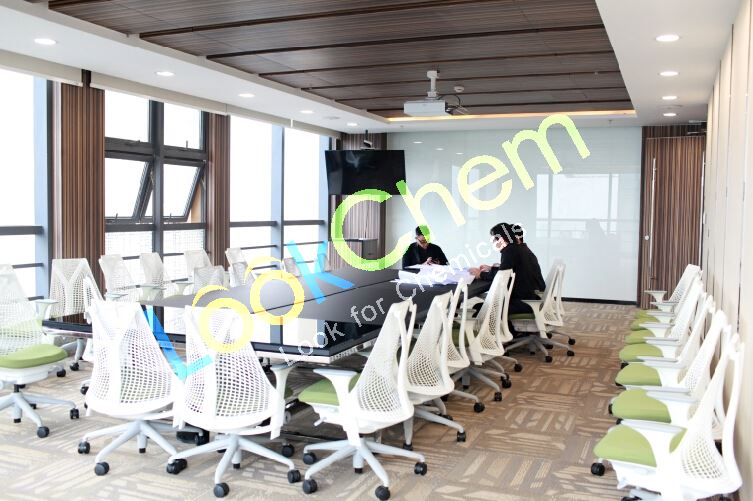Usage of 2-Ethyl anthraquinone :
It is mainly used as a catalyst for the anthraquinone-method manufacture of Hydrogen Peroxide and an intermediate for the production of Dyes. It also can be used for medicine, photosensitive materials and other synthetic.
Hydrogen peroxide is produced industrially by the anthraquinone process which involves using 2-alkyl-9,10-anthraquinones for hydrogenation. Many derivatives of anthraquinone are used but 2-ethylanthraquinone is common because of its high selectivity. The hydrogenation of the unsubsituted ring can reach 90% selectivity by using 2-ethylanthraquinone. Hydrogenation follows the Riedl-Pfleiderer, or autoxidation, process.
The hydrogenation of 2-ethylanthraquinone is catalyzed by palladium. Hydrogenation produces both 2-ethylanthrahydroquinone and tetrahydroanthraquinone. The tetrahydro derivative of 2-alkylanthraquinone is easily hyrdrogenated but is more difficult to oxidize. The formation of the tetrahyrdo derivative can be suppressed through the selection of catalysts, solvents, and reaction conditions. Some suggested solvent mixtures are polyalkylated benzenes and alkyl phosphates or tetraalkyl ureas, trimethylbenzenes and alkylcyclohexanol esters, and methylnaphthalene and nonyl alcohols.
2-ethylanthraquinone 2-eaq 84-51-5
Specification of 2-Ethyl anthraquinone :
|
ITEM |
SPECIFICATION |
|
Appearance |
Light yellow flake power |
|
Purity % ≥ |
99.0 |
|
Moisture % ≤ |
0.20 |
|
Initial M.P.°C ≥ |
107.3 |
|
Benzene insoluble matter % ≤ |
0.05 |
|
Fe 3+ mg/kg ≤ |
2.0 |
|
C2- mg/kg ≤ |
5.0 |
|
S1- mg/kg ≤ |
5.0 |


 Diamondsupplier
Diamondsupplier 




